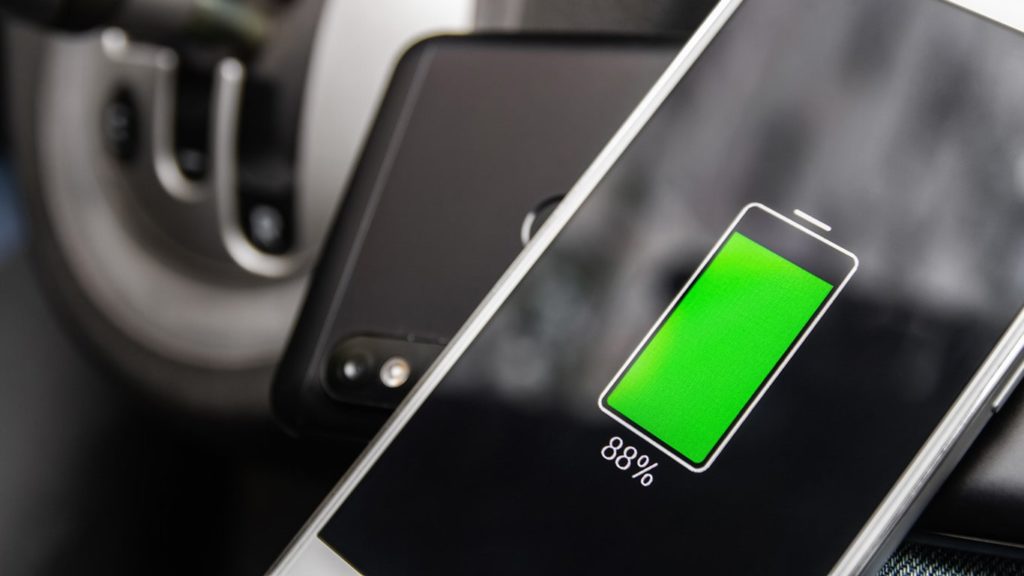
Sometimes, the smartphone battery can show wrong information due to some conflicts. Some smartphones may not even be able to retrieve battery information. This can be a big problem especially if you care about the battery lifespan and want to make use of the device’s capacity as much as possible. In this scenario, the best way to fix it is via battery calibration. This allows the device to recheck the information from the battery and reset the details to their default state returning accurate information. Let’s take a closer look at how to calibrate an Android or iPhone device battery and why doing so is essential. But first, let’s tell you about what calibrating means.
What Does Calibrating a Battery Mean?
Calibrating your battery means resetting your phone’s battery management system. By doing this, you help ensure that the system is providing accurate readings of your battery life. This can be helpful if you’re noticing that your battery isn’t lasting as long as it used to or if it seems to be discharging faster than normal.
When Should You Calibrate Smartphone Battery?
If you’ve never calibrated your battery, it’s a good idea to do so every few months. This will help keep your battery in top condition and ensure that you’re getting accurate readings of how much battery life you have left. You may also want to do so if you’ve just installed a new operating system on your phone or noticed that your battery life has decreased significantly.
Why is Calibrating Your Battery Important?
Calibrating your battery is important because it can help extend the life of your battery. By resetting your phone’s battery management system, you can ensure you get precise data about your battery life. That, in turn, can help you preserve your battery life and avoid having to replace your battery as often. Calibrating your battery can also boost your phone’s overall performance. Do so if you’re noticing that your battery life went down drastically or your phone isn’t performing as well as it used to. By resetting your phone’s battery management system, you can help clear out any bad data that may be causing these issues.
How Often is Calibrating the Battery Recommended?
If you’re wondering how often should you calibrate your battery, the answer is every few months. That ensures it stays in top condition. However, if you notice that your battery life has decreased significantly, or you are having performance issues with your phone, you may want to do that more frequently.
What Happens if You Don’t Calibrate Batteries?
If you don’t calibrate your battery, you may notice that your battery life decreases over time. Additionally, your phone’s output may suffer as well. Eventually, your battery will seem like it needs to be replaced. There’s no reason for that—it’s a simple process. If you’re unsure how to calibrate your battery after our guides below, consult your phone’s user manual or contact the manufacturer for more information.
Instructions to Calibrate Smartphone Battery on iOS
You can go about calibrating your iPhone battery in two ways: the hard and the easy. The hard way involves completely draining your battery until your phone turns off and then charging it back up to 100%. This can take several hours, so if you’re short on time, you can try the easy way. To calibrate your iPhone battery using the easy method:
- Charge your phone up to 100% of battery juice, then use it until the battery dies.
- Once your phone turns off, charge it back up to 100% again.
- Repeat this process two more times, and your battery should be calibrated.
Android Users Should Calibrate Their Smartphone Battery This Way
The process for calibrating batteries on Android devices is also known as power conditioning. Power conditioning can be performed via third-party mobile applications. However, the manual method involves these steps:
- Charge your phone to 100%.
- Use your phone until it dies.
- Connect your phone to a charger and let it charge back up to 100%.
- Repeat this process for 3-5 cycles.
This will help ensure your battery is properly calibrated. Also, read our battery charging tips for further improvements.